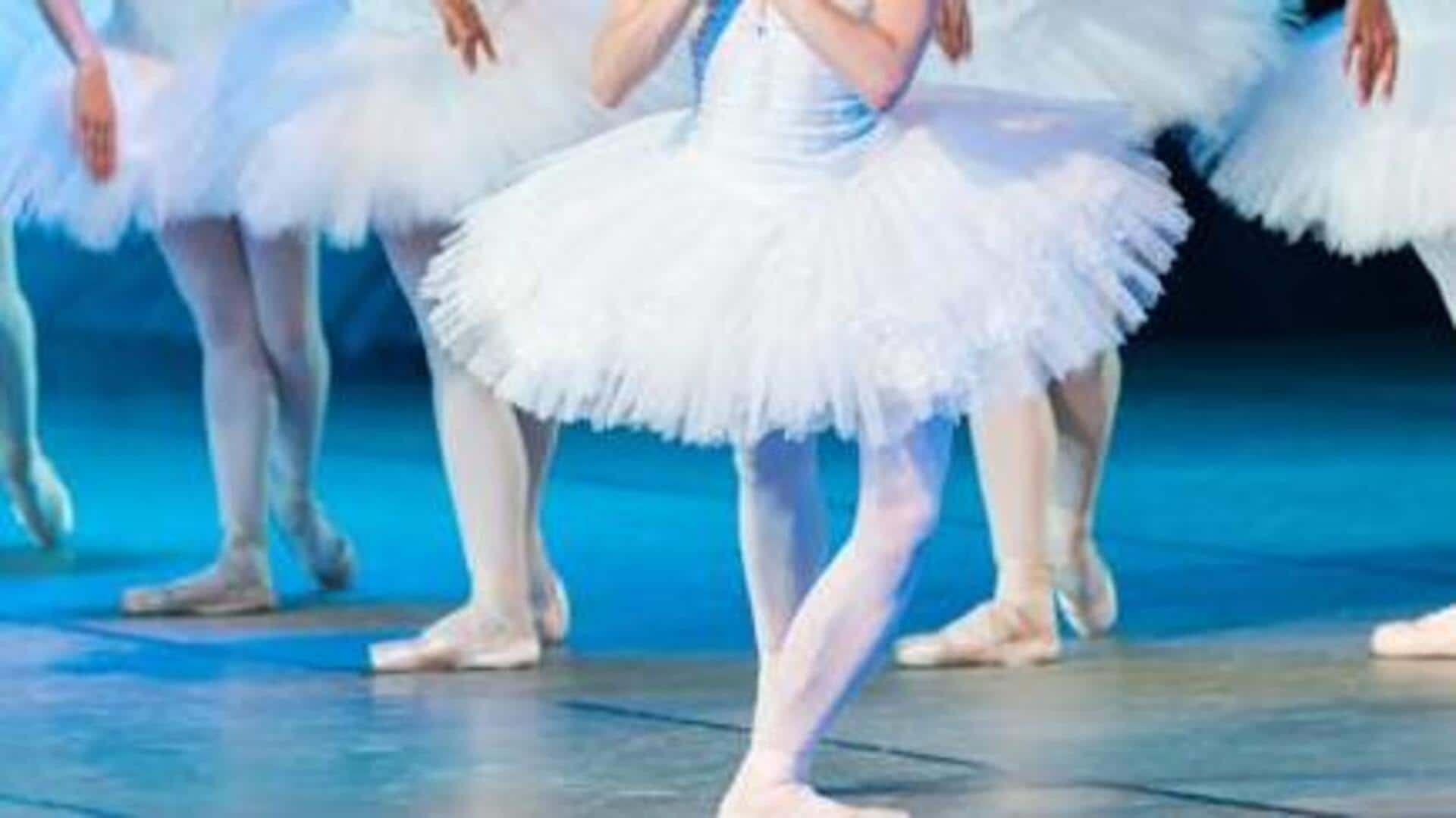
Ballet can improve your ankle strength! Here's how
What's the story
Apart from being an exquisite art form, ballet is also a grueling physical discipline that can improve strength and flexibility tremendously.
For dancers, strong ankles are important to execute movements with the utmost precision and grace.
In this article, we take a look at five ballet moves that improve ankle strength.
These exercises could be useful to both newbies and seasoned dancers wanting to up their game and stay injury-free.
Relevé
Releve: Elevate your ankles
Releve is the most basic ballet move which involves rising onto the balls of the feet.
This exercise builds your calves, ankles, and the arches of your feet.
To do a releve, stand with your feet in first position, then slowly rise onto your toes keeping your legs straight.
Hold this position for a brief period before coming down.
Practicing releves regularly can enhance your balance and ankle stability.
Tendu
Tendu: Stretching with precision
Tendu involves extending one leg outward while keeping it straight, brushing the foot along the floor.
This movement helps in strengthening the muscles around the ankle joint as well as improving flexibility in the foot.
Start in first position, slide one foot forward or sideways while maintaining contact with the floor, then return to starting position.
Consistent practice of tendus enhances control over ankle movements.
Plié
Plie: Building foundation strength
Plie is a bending movement of the knees while keeping heels on or off the ground depending on depth desired (demi or grand plie).
It targets multiple muscle groups, including those around ankles, providing overall lower body strength enhancement.
This is necessary for dance stability and control during jumps, turns, and so forth.
It makes it essential for any dancer's routine, regardless of skill level, experience, or background.
Fondu
Fondu: Controlled descent for stability
Fondu, meaning "to melt" in French, is a ballet move where the dancer gracefully lowers their body weight onto a supporting leg.
They bend the knee and simultaneously extend the opposite leg outward in any direction.
This move requires significant coordination among various muscle groups, including those around the ankles.
Thus, it greatly contributes to improved stability and balance.
Rond de jambe
Rond de jambe: Circular motion mastery
Rond de jambe involves tracing a circular path with the working leg, either on the ground (a terre) or in the air (en l'air), to strengthen the lower limb, especially the ankle joint.
This move enhances stability and performance across various dance scenarios, making it a crucial exercise for dancers aiming for optimal lower body strength and coordination.